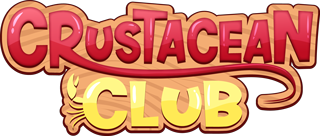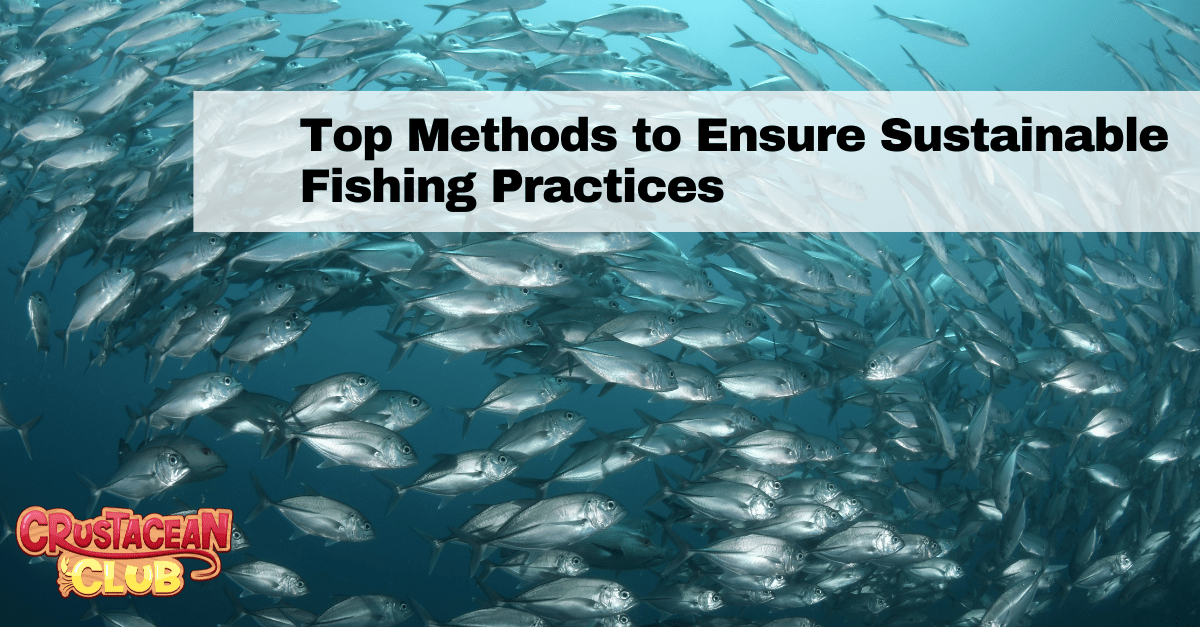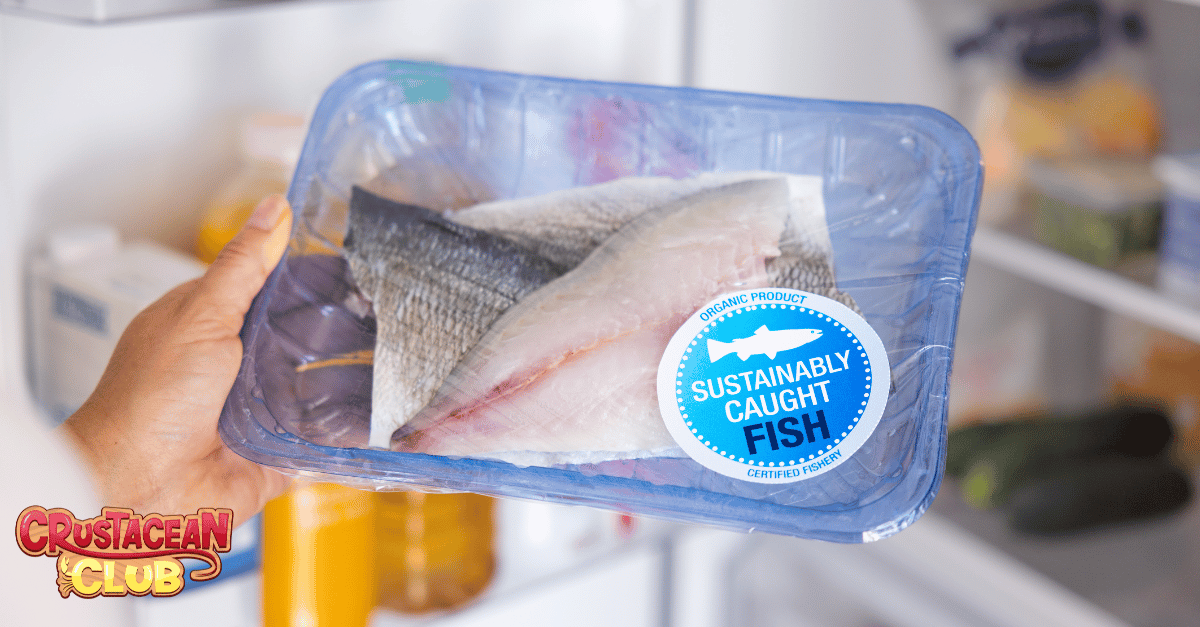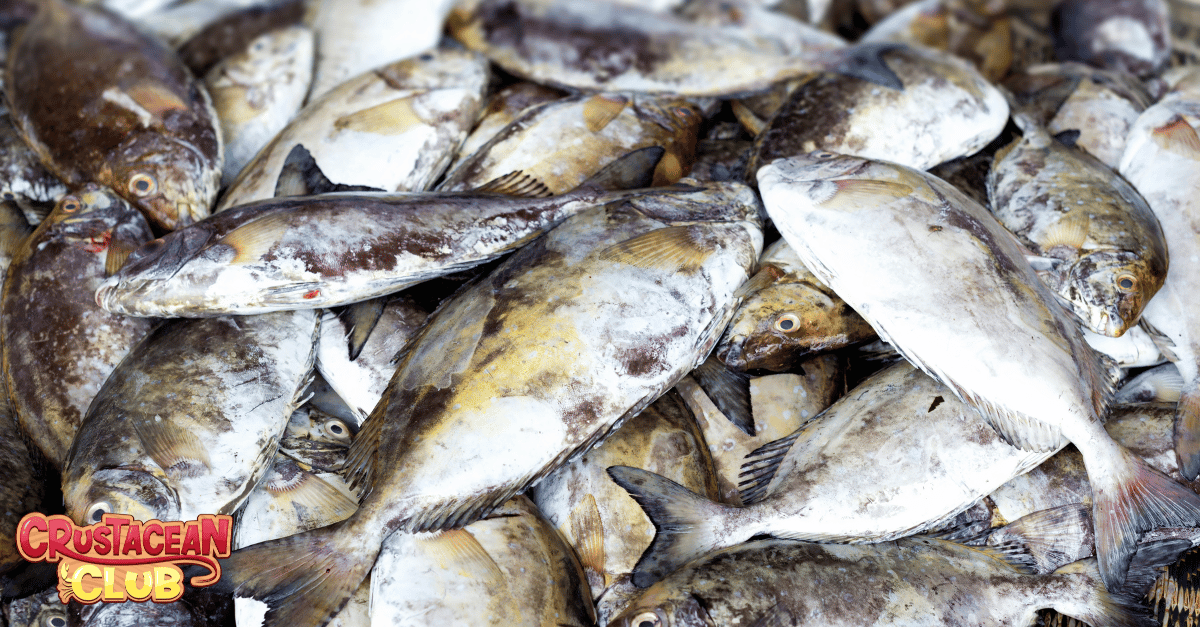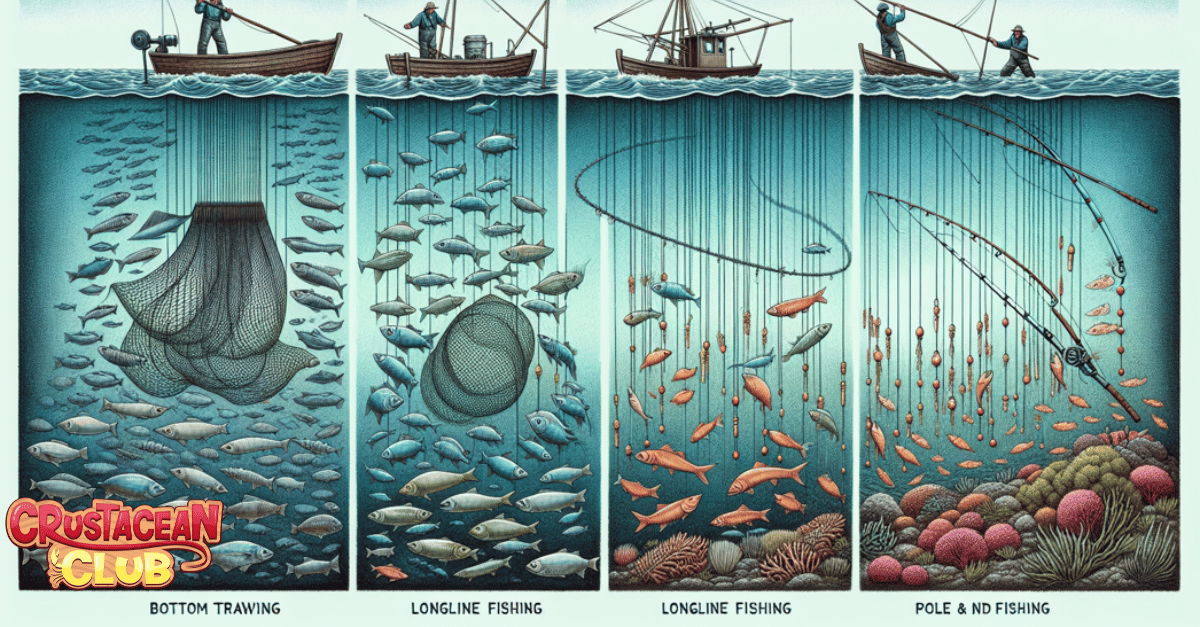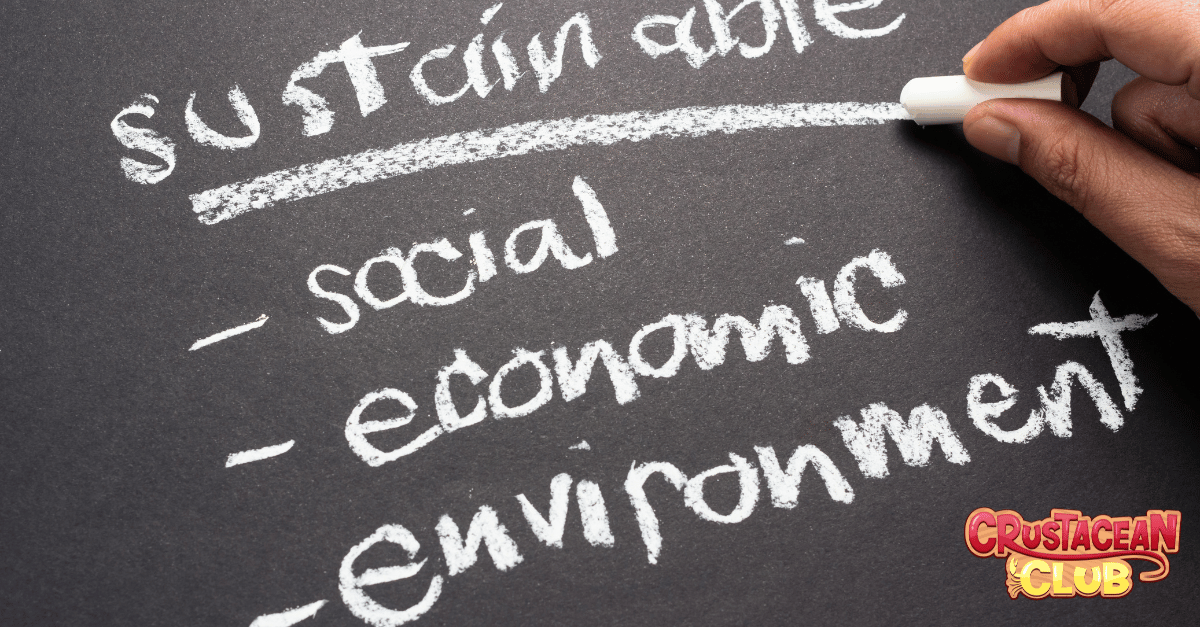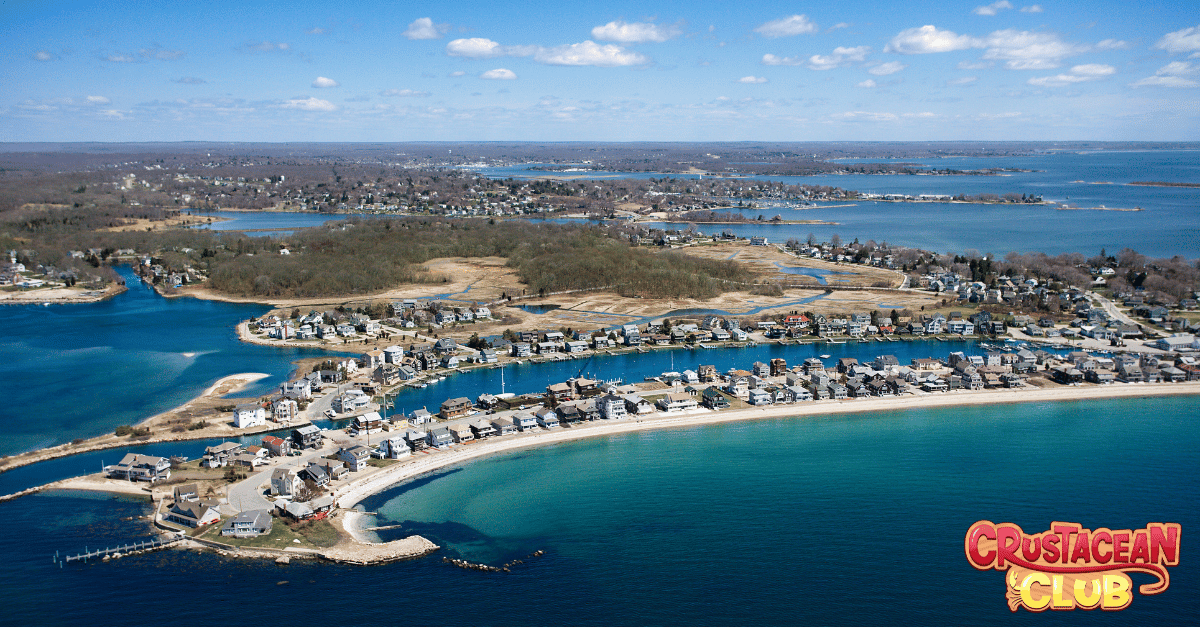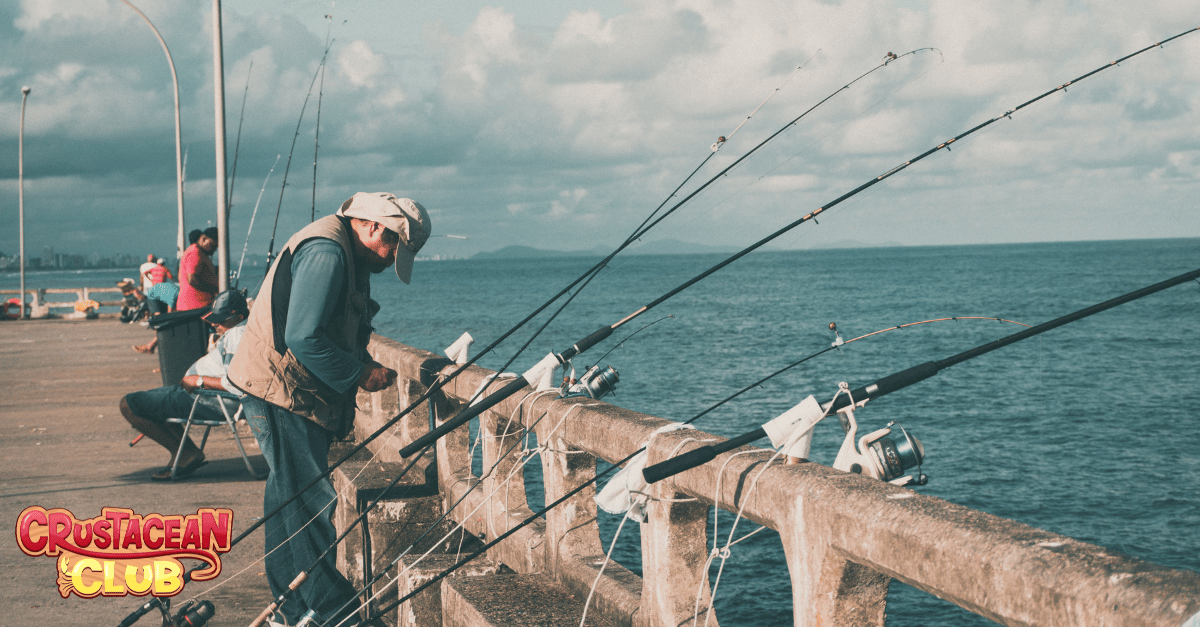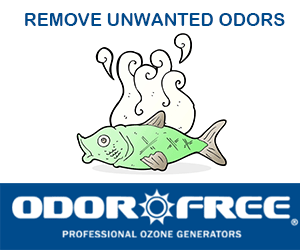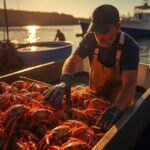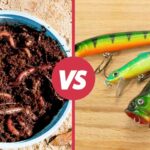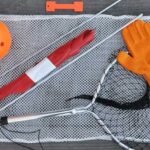Top Methods to Ensure Sustainable Fishing Practices
Sustainable fishing ensures fish populations and marine ecosystems stay healthy for the future. It involves methods that avoid overfishing and minimize harm to other marine life. In this article, we’ll look at key practices, organizations, and policies supporting sustainable fishing.
For more information, be sure to check out the Crustacean Club site!
Key Takeaways
- Implementing sustainable fishing practices ensures fish populations remain healthy and marine ecosystems thrive, safeguarding both environmental health and the livelihoods of coastal communities.
- Organizations like the Marine Stewardship Council and NOAA play crucial roles in setting standards, certifying sustainable fisheries, and enforcing regulations to combat illegal fishing and promote responsible practices.
- Consumers can support sustainable fishing by choosing certified seafood, opting for local and seasonal products, and using tools like Seafood Watch to make informed decisions that protect marine biodiversity.
We love hearing from our readers and subscribers, so please feel free to reach out and contact us today!
Understanding Sustainable Fishing
Sustainable fishing transcends the notion of a practice—it represents a pledge to the ocean and its dwellers. A commitment to managing fish populations at healthy levels, where the harmonious balance of marine life is maintained and fishing can continue indefinitely without depleting precious fish stocks. But it’s more than just making sure there are enough fish in the sea; sustainable fishing methods are crafted with care to minimize bycatch and habitat destruction, ensuring the long-term vitality of marine ecosystems. This considerate approach to harvesting the ocean’s bounty safeguards ocean biodiversity and the complex habitats that are crucial for a resilient ocean.
Moreover, the heart of many coastal communities beats to the rhythm of the tides and the hauls of their fishers. Sustainable fishing also shoulders the responsibility of maintaining jobs and livelihoods, ensuring that those who depend on the sea can continue to do so for decades to come. Adopting sustainable fishing practices extends beyond environmental protection—it’s about safeguarding a cherished way of life.
Key Organizations Defining Sustainability
Certain key organizations wield significant influence in defining what sustainable fishing entails. The Marine Stewardship Council (MSC) stands at the forefront, setting robust standards for sustainable fishing and the supply chains that bring this seafood to our tables. Since its inception in 1997, the MSC has navigated over 500 fisheries to their certification, steering the global industry towards more responsible practices. By encouraging fisheries to refine their methods and achieve independent certification, the MSC plays a pivotal role in promoting a healthier ocean.
Parallel to the efforts of the MSC, the National Marine Fisheries Service (NOAA’s Office of Law Enforcement) patrols the waters of compliance, ensuring that marine resource laws are followed and combating the scourge of illegal, unreported, and unregulated fishing. These guardians of the sea work tirelessly to uphold the standards that keep our fisheries sustainable and our seafood stocks robust.
Effective Fisheries Management Strategies
Attaining sustainable fisheries necessitates the implementation of potent management strategies. At the helm, annual catch limits are set based on cutting-edge science, charting a course that ensures fish populations remain healthy and abundant. Under the watchful eye of the Magnuson-Stevens Fishery Conservation and Management Act, fishery management plans are crafted with precision to prevent overfishing and rebuild depleted stocks. Regional fishery management councils serve as the captains, developing and implementing plans that breathe life back into overfished waters. Some key strategies for sustainable fisheries management include:
- Setting annual catch limits based on scientific data
- Implementing fishery management plans to prevent overfishing and rebuild depleted stocks
- Enforcing regulations and monitoring compliance
- Collaborating with stakeholders and the fishing community to develop effective management strategies
- Conducting research and monitoring to assess the health of fish populations and the impact of fishing activities
By implementing these strategies, we can ensure the long-term sustainability of our fisheries and protect the health of our oceans.
To steer clear of unintended harm, gear restrictions and selective fishing techniques, such as modifying nets, are deployed to protect sensitive habitats and reduce bycatch. Marine Protected Areas (MPAs) provide safe harbors where fishing is restricted or off-limits, allowing ecosystems to recover from the strains of overfishing. Investments in fishery management and research cast a wide net of knowledge, improving our understanding of fish populations and informing science-based quotas that keep our oceans teeming with life.
Impact of Overfishing on Ecosystems
Overfishing primarily involves the unrestrained extraction of marine life, exceeding the ocean’s replenishment capacity— a destructive practice endangering the diversity and abundance of aquatic species. With over 35% of the world’s fisheries already gasping for breath under the weight of over-exploitation, the once-bountiful stocks of iconic species like bluefin tuna and Grand Banks cod are waning, and the collateral damage to marine life is mounting. The delicate weave of the food web frays as overfishing gnaws at its threads, leading to the loss of vital marine life, including vulnerable species like sea turtles and corals.
When we haul in too many fish, the equilibrium of the ocean tilts, affecting the growth and reproduction rates of those that remain, and casting a shadow over the future of fish populations. One might wonder, how many fish can be sustainably caught without causing such damage? Sediments stirred up by the destructive practice of bottom trawling cloud the waters, choking the life-giving light from marine plants and altering the very chemistry of the ocean. The ripple effect of our actions has brought species like the vaquita and the Eastern Pacific leatherback turtle to the brink of extinction, a stark reminder of the heavy toll exacted by overfishing.
Common Fishing Methods and Their Effects
The ocean is a mosaic of life, and the methods we employ to harvest its treasures can either protect or shatter this delicate picture. Fishing methods such as bottom trawling, longline fishing, and pole and line fishing present a spectrum of environmental impacts—some casting darker shadows than others.
This section will dissect the impacts of prevalent fishing methods and explore how our choices can either foster or detriment the intricate marine ecosystem.
Bottom Trawling
Bottom trawling is akin to clear-cutting the forest floor of the ocean; it drags heavy, weighted nets across the seabed, indiscriminately capturing everything in its path. This method is notorious for its habitat destruction, as it bulldozes through benthic ecosystems, uprooting the very foundations of marine life and clouding the waters with sediment. The bycatch from bottom trawling is a barometer of its indiscriminate nature, ensnaring:
- non-target fish
- invertebrates
- juvenile fish
- marine mammals
This results in a devastating blow to marine biodiversity.
The collateral damage of bottom trawling is not just a tally of the non-target species caught but a measure of the future we risk—a future where the diversity of the ocean is diminished, and its ecosystems are irreparably damaged. It’s a method that demands a reevaluation, steering towards less destructive practices to ensure the vibrancy of marine life.
Longline Fishing
Longline fishing unfurls a curtain of hooks across the ocean’s expanse, targeting sought-after species like swordfish and tuna with lines that can stretch up to 60 miles. But this wide reach often ensnares the unintended—sea turtles, seabirds, and other non-target species are caught in a deadly embrace, victims of a method with a high bycatch rate. The toll on marine life is staggering, with hundreds of thousands of marine mammals, seabirds, and sea turtles—many endangered and protected—captured annually due to this indiscriminate method of fishing.
Yet, there is a glimmer of hope as efforts to transition to more selective fishing gear and less harmful fishing practices show promise in reducing the unintentional capture of these precious creatures, including catching fish. Innovations in technique, such as circle hooks and bird-scaring lines, are small ripples that can lead to significant waves of change, showcasing how mindful alterations in our methods can protect the vast diversity of life that calls the ocean home. By following fishing safety tips, we can ensure a sustainable future for our marine ecosystems.
Pole and Line
In stark contrast to the broad swaths cut by trawling and longlining, pole and line fishing stands out as a beacon of sustainability. This artisanal method employs a single hook and line, allowing fishers to selectively target one fish at a time, vastly minimizing bycatch. The gentle touch of pole and line fishing leaves the seabed unscathed and offers the captured fish a chance at release, should they not be the intended catch, making it one of the most sustainable fishing practices.
The careful approach of pole and line fishing not only preserves the intricate tapestry of marine ecosystems but also weaves a thread of hope for the future. By choosing methods that respect the rhythms of the ocean, we can ensure that the bountiful seas continue to sustain life, both in the water and on the shore.
Choosing Sustainable Seafood
In the kaleidoscope of seafood options at our fingertips, making sustainable choices is crucial. Tools like Seafood Watch guide us through the maze, offering recommendations for seafood that is fished or farmed with the environment in mind. The colors of the Seafood Watch guide—‘Best Choice’, ‘Good Alternative’, and ‘Avoid’—paint a picture of our impact on the oceans, helping us navigate towards options that promote the health of marine ecosystems.
Understanding Certifications
The MSC blue fish label is a compass that directs consumers to sustainably sourced seafood, recognized and trusted globally. With over 20,000 MSC-labelled products available in more than 60 countries, the blue label is a beacon of sustainability that consumers can rely on to make informed choices. Seafood adorned with the MSC’s blue label comes from fisheries that have navigated the rigorous certification process, demonstrating their commitment to sustainable fishing practices.
The MSC certification program is not just a label; it’s an assurance that the seafood has been caught with a whole ecosystem approach, considering the health of fish stocks, marine habitats, and the fishery’s management. By choosing products with certifications like MSC or ASC, consumers wield the power to support the movement towards sustainable and responsibly sourced seafood.
Local and Seasonal Choices
Opting to back local fisheries represents a significant stride towards reducing the carbon footprint and fostering a sustainable future. By purchasing local fish, we bridge the distance between the sea and our plates, reducing the energy expended in transportation. These local hubs of fishing activity often employ sustainable methods, contributing to the health of fish populations and marine ecosystems. When we select seafood that is in season, we tap into the natural rhythms of marine life, ensuring that fish populations are harvested at their peak abundance and reducing pressure on overfished species.
Supporting local and seasonal seafood is a vote for:
- the small-scale fisheries that are the lifeblood of coastal communities
- the health of the ocean
- the vibrancy of local economies
- ensuring that the sea’s gifts are shared equitably and sustainably.
Innovative Solutions for Sustainable Fishing
In the pursuit of sustainability, innovation unveils cutting-edge technologies and practices, projecting a more sustainable future for the fishing industry. From satellite tracking systems that keep an eagle eye on illegal fishing activities to biodegradable nets that reduce marine debris, the fishing industry is on the cusp of transformative change.
DNA Barcoding
DNA barcoding stands at the scientific frontier, offering a precise tool to accurately identify fish species and ensure the authenticity of our seafood. This method is swift and reliable, cutting through the murky waters of mislabeling and allowing consumers and suppliers to verify the sustainability of their catch within just a few days.
By embracing DNA barcoding, we can safeguard both the genetic diversity of fish stocks and the integrity of the global population of seafood consumers. It’s a testament to how technology can bolster our efforts to fish sustainably, ensuring that the stories behind our seafood are as clear as the waters we aim to protect.
Sustainable Fishing Apps
In the palm of our hand lies the power to track the journey of our seafood from ocean to plate. Sustainable fishing apps offer a window into the source of our seafood, providing transparency and reassurance that our choices align with sustainable practices. With a tap and a swipe, we can navigate the myriad paths our seafood takes, ensuring that each step is taken with respect for the ocean’s health.
The digital wave of sustainable fishing apps is more than a convenience—it’s a compass guiding us towards responsible stewardship of the sea. It empowers consumers to cast their nets wisely, selecting seafood that supports the preservation of fish populations and the ecosystems they inhabit.
Supporting Coastal Communities
The advocacy for sustainable fishing profoundly echoes within coastal communities, where the sea isn’t merely a scenery but an integral part of their existence. Sustainable fishing practices are the pillars that uphold the livelihoods of those who depend on the ocean’s bounty, anchoring community fisheries as a primary resource for food and employment. The gentle art of pole and line fishing, in particular, bolsters local economies, providing jobs and championing small-scale fisheries that are central to the way of life in many developing countries.
By casting our support for sustainable fishing, we contribute to global food security, reduce food waste, and help communities navigate the changing tides of climate change. It’s an investment in the resilience of coastal populations, ensuring that they continue to thrive alongside the natural resources they steward with such care.
The Role of Policy and Legislation
Policy and legislation act as potent forces that mould the trajectory of sustainable fishing, paving the way for protective measures and regulations. The ban on pelagic longlines off the U.S. West Coast, in place for over four decades, is a testament to the power of policy to safeguard marine life. As the challenge of overfishing spans the globe, international cooperation becomes essential, requiring nations to rally together, enforcing laws and regulations that preserve our shared ocean resources.
The tapestry of policies and legislation is woven with the threads of sustainability, each law and regulation adding strength to the collective effort to protect endangered species and ensure the sustainable use of marine resources. It is through this framework that we can channel our fishing practices into a force for conservation and stewardship.
Consumer Responsibility and Actions
As consumers, our choices, be it at the dinner table or the marketplace, grant us the ability to dictate the direction of sustainable fishing. Diversifying our seafood choices can alleviate the pressure on overfished species, promoting a more varied and resilient fishing industry. By consciously avoiding products that contribute to the endangerment of wildlife and seeking out those made from sustainable materials, we cast a vote for the ocean’s health. We can also become advocates for the sea, supporting sustainable fisheries management through advocacy for stronger regulations and better enforcement, ensuring the longevity of fish populations.
The ripple effect of our individual actions can swell into a wave of change. Here are some ways we can contribute to a future where the sea thrives:
- Voting for candidates with strong environmental platforms
- Urging our representatives to pass more robust policies
- Supporting organizations dedicated to sustainable practices
- Signing petitions
- Attending events
- Spreading the word about sustainable fishing
Every action counts towards preserving the oceans for future generations.
Summary
As we reach the calm waters at the end of our journey, let’s reflect on the vast ocean of knowledge we’ve navigated together. Sustainable fishing is the beacon that guides us toward a future where fish populations are abundant, ecosystems are thriving, and coastal communities are flourishing. It’s an intricate dance of balance, where the choices we make today ripple through the currents of tomorrow. By embracing sustainable fishing practices, supporting responsible fisheries, and advocating for protective policies, we each play a part in the stewardship of our blue planet.
Let this guide serve as your compass in the vast sea of choices that confront us as consumers and advocates for the ocean. Remember, every sustainable seafood decision we make, every policy we support, and every conversation we have about the importance of preserving marine life is a step towards ensuring that the oceans continue to sustain us, as we must sustain them. Together, let’s cast a line towards a sustainable future, one that honors the bounty of the sea and the legacy we leave for those who will navigate these waters after us.
Frequently Asked Questions
What exactly is sustainable fishing and why is it important?
Sustainable fishing is important because it preserves marine biodiversity, supports fishing communities, and maintains the health of ocean ecosystems by maintaining healthy fish populations and minimizing environmental impact. This ensures that fishing can be done indefinitely without depleting resources.
How can I tell if the seafood I purchase is sustainably sourced?
You can tell if the seafood is sustainably sourced by looking for certifications like the MSC blue fish label and using guides like Seafood Watch for recommendations. Make informed choices to support sustainable fishing practices.
Are there any fishing methods that are particularly harmful to the environment?
Yes, bottom trawling and longline fishing can be harmful due to high bycatch rates and habitat destruction. Bottom trawling, for example, involves dragging heavy nets across the seabed, damaging marine ecosystems.
What can I do as an individual to support sustainable fishing?
To support sustainable fishing as an individual, you can choose local and seasonal fish, use sustainable fishing apps, diversify your seafood choices, and advocate for better fishery management and conservation policies. These actions can make a meaningful difference in promoting sustainable fishing practices.
Why is it important to support local and seasonal seafood choices?
Supporting local and seasonal seafood choices is important because it helps reduce carbon footprint, supports local fishing communities, and contributes to the health of marine ecosystems. It’s a great way to make a positive impact on the environment and local economies.
